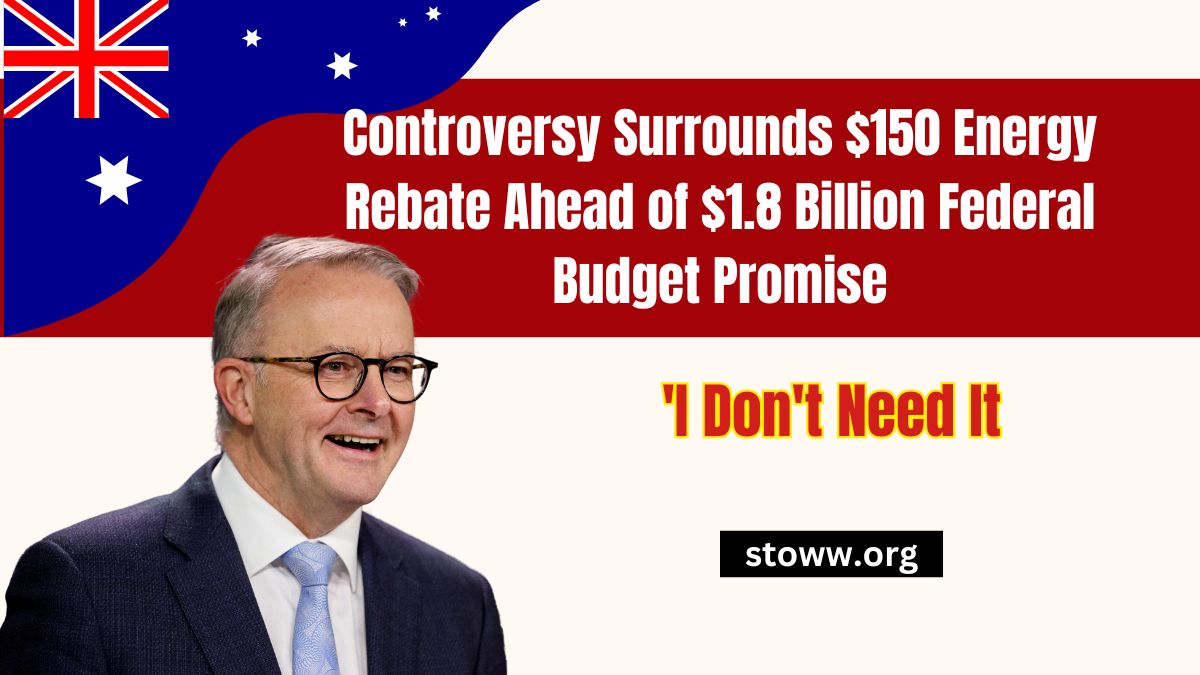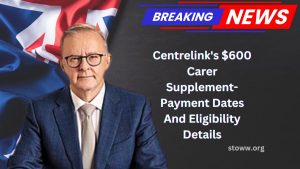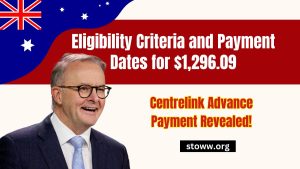Finance expert David Koch has expressed his opinion that the government’s proposed $150 energy rebate is unnecessary for people like him. This rebate, aimed at providing cost-of-living relief, is scheduled to be detailed in tonight’s Federal Budget.
Koch, who serves as the Economic Director at Compare the Market, has suggested that the rebate should be means-tested. This would ensure that more of the $1.8 billion allocated for this initiative goes to the individuals who truly need financial support.
Means-Testing the Energy Rebate
Koch pointed out that childcare subsidies are already means-tested and that the same household-income benchmarks could be applied to the energy rebate. He further emphasized that while he personally does not need the rebate, he would rather see it go to those who are in greater need.
He compared the amount to pocket money for wealthy individuals but noted that, for many families, it could be the difference between keeping the fridge stocked or going hungry.
Currently, under the existing plan, both high-income earners and wealthy Australians are set to receive the same $150 rebate as those in financial hardship.
This has caused concerns about the fairness of the policy, with experts like Koch and Independent Senator Jacquie Lambie urging the government to reconsider its approach. They advocate for vulnerable families and middle-income earners to receive a larger share of the support.
The Rebate’s Impact on Low-Income Families
Koch also pointed out that energy bills are expected to rise by up to $200 in some parts of Australia. For many low-income families, the $150 rebate may not even cover this increase, making it ineffective as a means of relief.
The energy rebate could mean a great deal to some, allowing them to pay for essentials like food and electricity. However, for others, the amount could be too small to make any significant impact.
The Issue of Means-Testing the Energy Rebate
The debate over means-testing is not new. Last year, the announcement of the $300 energy rebate also received criticism for the same reason.
Critics pointed out that billionaires like Clive Palmer, Twiggy Forrest, and Mike Canon-Brooks were eligible for the rebate, despite not needing it. Many Australians voiced their concerns about the inequity of providing financial relief to the wealthy.
However, Prime Minister Anthony Albanese defended the government’s stance, arguing that low-income earners would lose out on support if the rebate were tied directly to welfare payments.
Treasurer Jim Chalmers also explained that the most efficient way to provide relief to both low-income and middle-income families was to extend the rebate to every household.
According to Chalmers, energy retailers do not have access to income information, making it impractical to means-test the rebate. Additionally, any changes to the data-sharing arrangements between the tax office and energy retailers would require significant time and resources.
Increasing Energy Prices
The Australian Energy Regulator has recently released its draft determination for the default market offer (DMO), outlining the maximum electricity prices for households in NSW, South Australia, and South East Queensland.
According to the draft, household power bills could rise by 2.5% to 8.9% depending on the region. Small business customers could also see increases between 4.2% and 8.2%.
In Victoria, the Essential Services Commission has recommended an increase of 0.72% in the state’s default offer (VDO), which would raise the average annual electricity cost from $1655 to $1667 for customers with annual usage of 4000kWh.
How to Access the $150 Energy Rebate
The $150 energy rebate will be automatically applied to electricity bills in two quarterly instalments. The rebate will be distributed in the same manner as the previous $300 energy rebate. The first instalment of $75 will be credited to accounts starting from July 1.
The rebate is not means-tested and will apply per household. As a result, homeowners with multiple properties could receive the rebate multiple times. An estimated half a million homeowners who own more than one property will benefit from this.
While the government’s $150 energy rebate aims to provide cost-of-living relief, the debate over its effectiveness remains. Finance expert David Koch and others argue that the rebate should be means-tested to ensure that it targets the households that need it most.
With energy prices set to rise in the coming months, many Australians wonder if the rebate will provide sufficient support, especially for those facing energy hardship. The current policy, which distributes the rebate uniformly to all households, may not fully address the needs of those most affected by the cost-of-living crisis.
FAQs
What is the $150 energy rebate?
The $150 energy rebate is a government initiative aimed at providing cost-of-living relief to Australians. It will be applied to electricity bills in two instalments of $75 each.
Will the $150 rebate be available to everyone?
Yes, the rebate is available to all households, regardless of income. It is not means-tested, meaning even high-income earners can receive it.
When will I receive the $150 energy rebate?
The first $75 instalment of the rebate will be credited to your account starting July 1. The second instalment will follow in the subsequent quarter.
Will the rebate be available to homeowners with multiple properties?
Yes, homeowners with multiple properties will receive the $150 rebate for each property, potentially receiving it more than once.



